Can Someone Explain Why the Flame’s Color Changes?
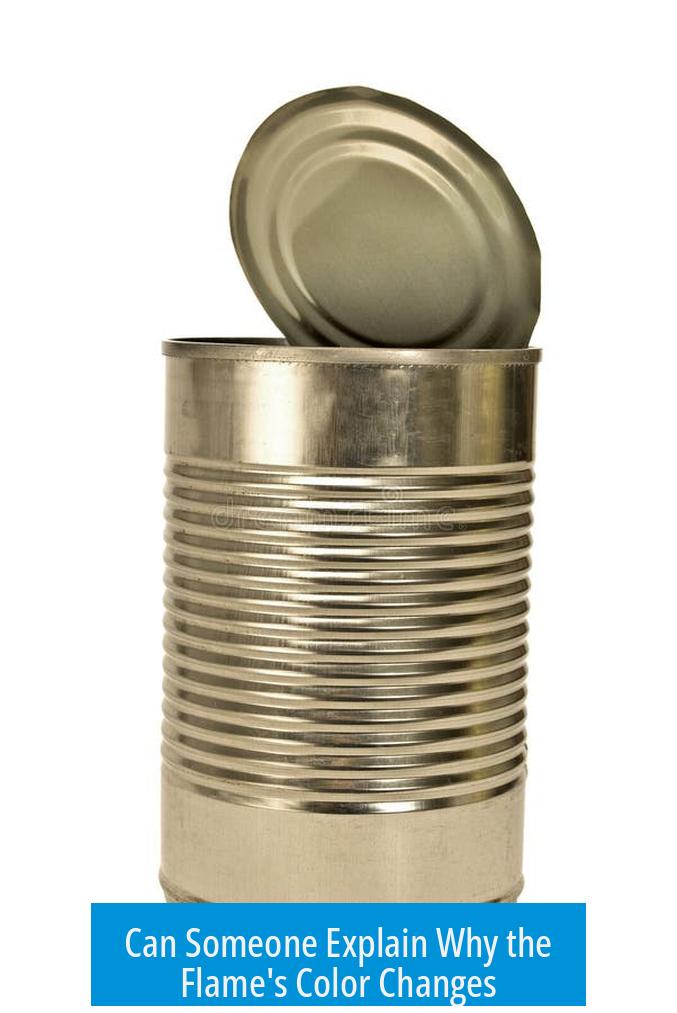
The color of a flame changes primarily due to variations in combustion completeness, temperature, chemical composition, and environmental conditions such as gravity. These factors influence the emission spectra of gases and particles in the flame, altering its visible color.
Mechanism of Flame Color Change on Earth
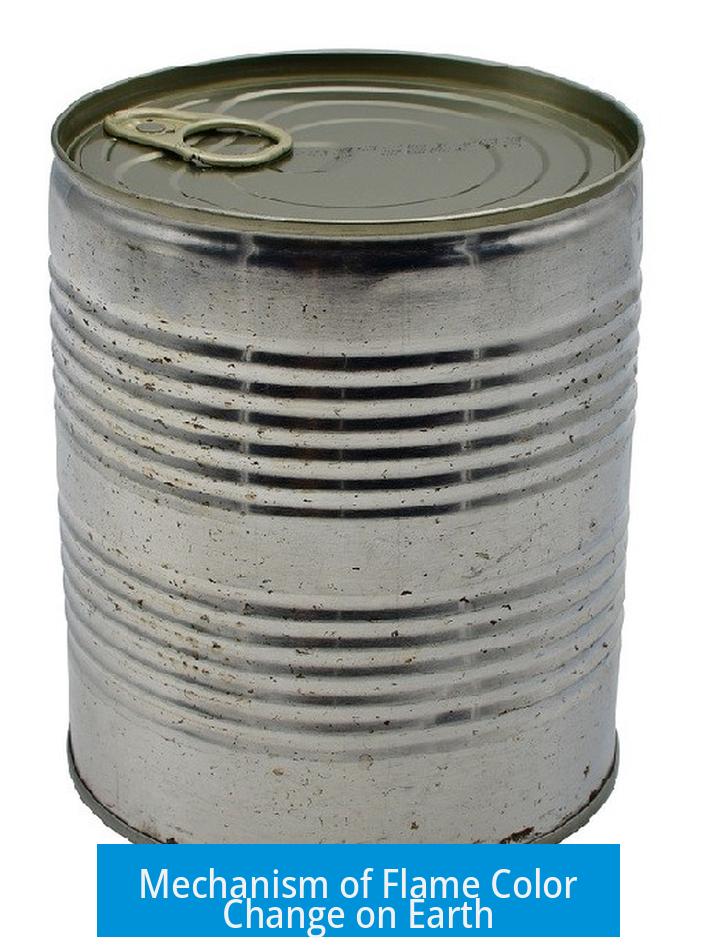
On Earth, flames from sources like wax candles show a distinctive color gradient. This arises from the combustion process and gravity-driven air movement known as convection.
- Wax Candle Combustion: The candle wax vaporizes near the wick and then ignites. This vaporized fuel burns as it rises.
- Convection’s Role: Gravity causes hot air to rise rapidly, carrying unburnt wax vapor away from the wick. The flame transitions from blue near the base to yellow and orange higher up.
- Color Zones: The blue area reflects hot, complete combustion with sufficient oxygen. The orange/yellow region signals incomplete combustion with incandescent soot particles.
Simply put, convection produces different temperature zones and varying fuel/oxygen mixtures, leading to distinct flame colors.
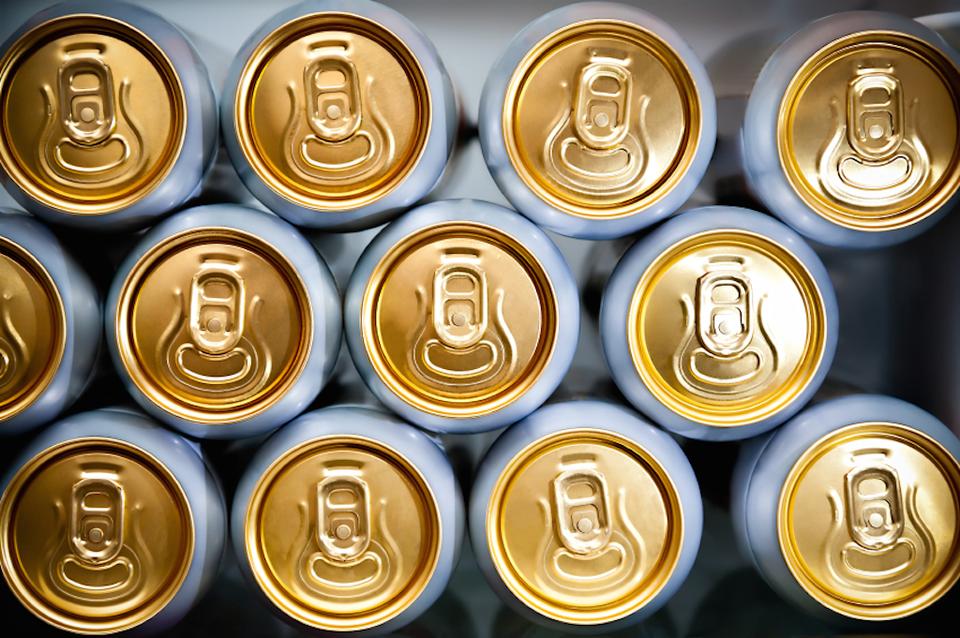
Effect of Gravity and Convection
Gravity drives convection by causing hot gases to ascend. This convection influences how combustion proceeds and where unburnt fuel accumulates. As a result, flame color changes with height and distance from the wick.
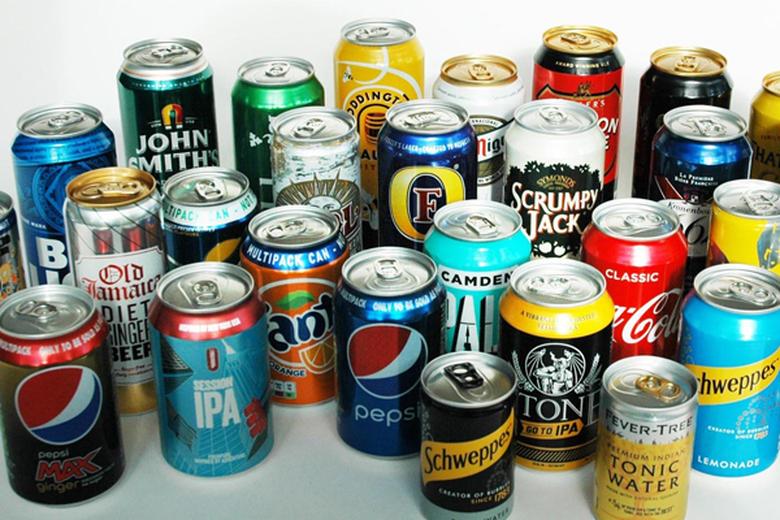
Flame Color in Microgravity and Zero Gravity
The absence of gravity disrupts normal convection flow. This has notable effects on flame color and shape in space environments.
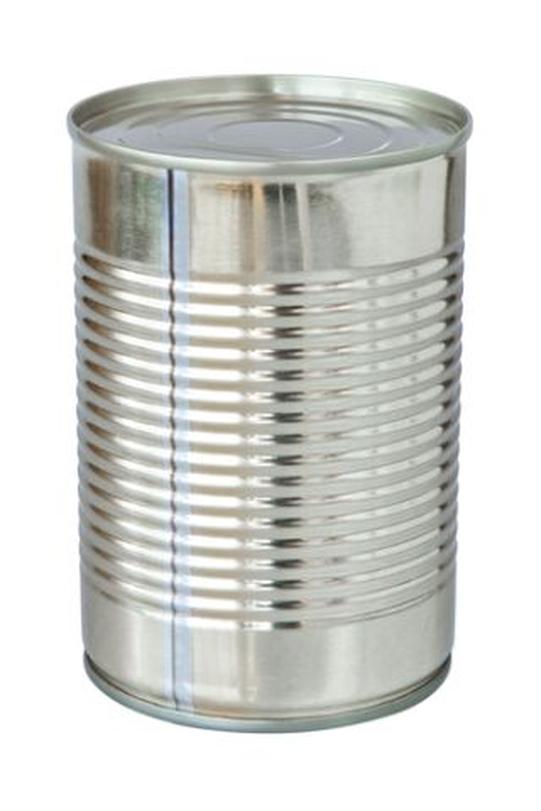
- Without gravity, hot gases do not rise. Flames become spherical and expand evenly.
- The blue flame typical near the candle wick on Earth dominates throughout the flame in microgravity.
- Gas mixing slows due to limited convection. Oxygen reacts more slowly with fuel vapors.
- Lower temperature and reduced soot glow cause the absence of bright yellow and orange colors.
In microgravity, the flame stabilizes into a uniform plasma state with more consistent gaseous combustion products due to 360-degree oxygen access. This contrasts sharply with Earth’s vertical oxygen gradients.
Chemical and Physical Causes for Different Flame Colors
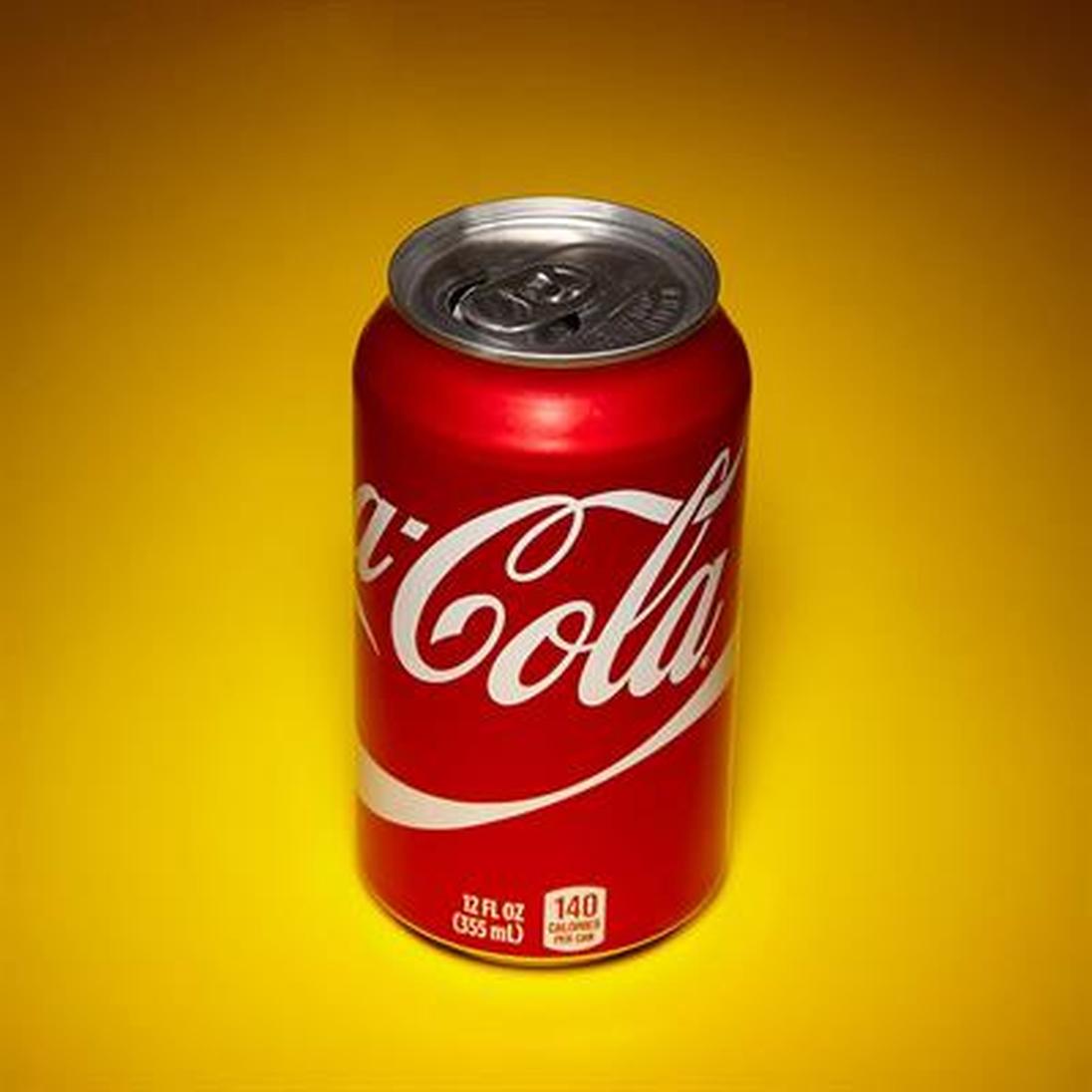
| Flame Color | Cause | Combustion Completeness | Typical Gaseous Products |
|---|---|---|---|
| Blue | Excited C–H ions and stable radicals | Complete or near-complete combustion | Carbon monoxide (CO), excited molecular fragments |
| Orange/Yellow | Incandescent soot particles and unburnt hydrocarbons | Incomplete combustion | Partially oxidized hydrocarbons, CO2 |
The lower temperature in incomplete combustion leads to glowing soot, producing orange/yellow light. Complete combustion burns cleaner and hotter, emitting mostly blue light due to molecular emissions.
Thermodynamics Behind Flame Colors
On Earth, the flame loses heat to cooler surrounding air, causing temperature gradients that influence flame color. In space, absence of a cooler sink means the flame maintains a hotter, more uniform temperature, favoring blue emissions.
According to the second law of thermodynamics, energy flows from hot to cooler regions. Earth’s colder air extracts energy, leading to red/yellow glow. In zero gravity, lacking this heat sink, the flame stays blue as it retains energy.
Additional Considerations and Misconceptions
- Fire in microgravity extinguishes quickly in enclosed spaces due to oxygen depletion and lack of convective gas renewal.
- Combustion explosions as portrayed in some films are not typical for every flame in microgravity.
- Flames burn differently in space, not because the fuel or oxygen vanish instantaneously, but because physical transport processes change.
Key Takeaways
- Flame color changes stem from combustion completeness, temperature, and chemical products.
- Gravity-driven convection on Earth causes blue flames near the wick and orange/yellow away from it due to incomplete combustion.
- Microgravity flames are spherical, uniformly blue, and lack yellow/orange due to reduced convection and soot formation.
- Different gas mixtures and reaction zones alter flame plasma states, creating distinct flame colors.
- Energy transfer to cooler surroundings on Earth affects flame color; in space, lack of heat loss maintains blue flames.
Can Someone Explain Why the Flame’s Color Changes?
Simply put, the color change in a flame happens because of how the fuel burns and how gravity moves hot gases. On Earth, gravity pushes hot air up, making the flame shift from blue at the base to orange or yellow higher up. In space or microgravity, without gravity pulling hot gases upward, flames stay blue and take on a round shape.
That’s the nutshell answer. But the flame’s tale has layers—layers filled with heat, chemistry, gravity, and even tiny glowing soot particles. Let’s unravel this fiery mystery in a way that’s as easy to understand as striking a match.
The Earthly Dance of Wax Candles and Gravity
Imagine a wax candle. The magic starts when the heat melts and vaporizes the wax. This wax vapor is the actual fuel. The flame ignites this vapor—the blue part you see at the wick’s base is where the fuel meets oxygen perfectly and burns with full vigor.
Why is this blue? Because the combustion here is mostly complete, producing excited C-H ions and carbon monoxide (CO) emissions that glow blue. It’s clean, fast, and hot.
But here’s where gravity does its thing. Earth’s gravity makes hot air rise due to convection—the same reason warm air balloons float. This rising hot gas drags along unburnt vaporized wax into cooler areas above the flame.
In those cooler, higher layers, combustion isn’t perfect. The unburnt wax glows orange or yellow as tiny soot particles heat up and emit light. It’s incomplete combustion, giving that classic yellow candle flame a warm, flickering glow.
So, the flame color changes from blue at the bottom to orange/yellow higher up. Gravity moves hot gases upward fast enough to create these two combustion zones. The flame’s shape and color rely heavily on this convective flow.
What if There’s No Gravity?
Now, picture lighting a candle on the International Space Station. Surprise! The flame looks very different.
In microgravity, there’s no “up” for hot air to rise. So convection doesn’t happen. Without convection to pull hot gases away, the flame spreads out equally in all directions, forming a perfect sphere.
With no hot air rising, gases don’t mix well, so the combustion process slows and becomes more uniform. The flame remains blue and doesn’t show the classic yellow or orange hues.
This happens because the cooler, incandescent soot particles that normally glow yellow don’t form or don’t glow in microgravity. The lower temperature and slower burning mean soot isn’t created in the glowing amounts seen on Earth.
Interestingly, on Earth, blue flames appear where combustion is most complete and hottest. In zero gravity, the flame stays blue throughout because the entire spherical flame maintains a more uniform temperature and air-fuel mix.
Chemistry Behind Colors: Not Just a Pretty Fire
Colors in flames aren’t random—they come from specific chemistry and physics.
- Blue Flames: They arise from complete combustion. Excited molecules such as C-H ions and carbon monoxide emit blue light. This color indicates a hotter, cleaner burn.
- Yellow/Orange Flames: These appear because of incomplete combustion. Soot and unburnt hydrocarbons heat up and glow orange and yellow. This happens mostly in areas where oxygen supply is limited or fuel mixes poorly.
Also, the surrounding temperature matters. On Earth, the flame loses heat to relatively cold air. This heat loss cools the flame’s upper regions, leading to incomplete combustion and the warm glow.
In space, there’s no cooler environment to lose energy to, so the flame preserves its heat and remains blue.
Beyond Flame Color: Plasma States and Electromagnetic Effects
Flames aren’t just glowing fire—they partially exist as plasma, a super-heated state where gases become ionized. Plasma’s behavior, including surface tension, interacts with electromagnetic forces, influencing flame shape and stability. Gravity changes how these forces balance.
On Earth, convection pulls the flame upward, setting a vertical oxygen gradient and shaping the flame. In microgravity, no such gradient exists around the spherical flame. The flame’s plasma can mix evenly with oxygen from all directions, maintaining uniform combustion and consistent blue color.
Why Do Flames Extinguish Faster in Zero Gravity?
Here’s a surprising twist: flames in microgravity can go out faster in enclosed spaces like space stations. Why?
Because without convection, oxygen near the flame doesn’t get replenished efficiently. The flame’s heat causes gases to expand and push away oxygen. Over time, oxygen levels drop where the flame is, starving it and causing extinction.
This challenges the common misconception that flames would just explode everywhere in space or burn all oxygen instantly. They don’t. The process is more subtle and controlled by where oxygen can flow and how gases mix.
Putting It All Together: The Flame’s Story
| Condition | Flame Shape | Flame Color | Reason |
|---|---|---|---|
| On Earth | Tapered, vertical flame | Blue at the base; orange/yellow above | Gravity causes convection; hot gases rise and cool, creating zones of complete and incomplete combustion with glowing soot |
| In Microgravity | Spherical flame | Uniform blue | No convection; combustion occurs more uniformly with less soot and slower reaction rates |
Practical Takeaway: Why Does This Matter?
Understanding flame colors and behavior isn’t just academic. It matters in fire safety, engine designs, spacecraft life support, and even cooking. Engineers design burners and combustion devices differently when gravity is absent. For astronauts, knowing how flames behave in microgravity is crucial for risk management.
If you ever see videos of a candle flickering on the ISS, remember: the spherical, serene blue glow tells a story of physics and chemistry working in harmony. It’s not just a pretty light, but a sign of how Earth’s gravity shapes even the tiniest flame.
Final Thoughts: Next Time You Light a Candle…
When you observe the changing colors of a candle flame, you’re witnessing a complex dance—fuel vapor, oxygen, gravity, soot particles, plasma, and energy all playing their parts. A little flame can tell you a lot about the forces that shape our world—and how different it might be beyond Earth.
Curious? Try lighting a candle in a fan’s draft or see videos of space flames. Notice that difference? That’s science right there, waving hello.
“The flame is a great storyteller. It tells tales of fiery chemistry, gravity’s pull, and the invisible forces all around us—if only we care to listen.”
Why does a candle flame change color from blue to yellow as it rises?
The blue part of the flame is hottest and near the wick where fuel burns completely. As vaporized wax rises, it cools and burns incompletely, producing an orange-yellow glow from glowing soot particles.
How does gravity affect the color of a flame?
Gravity causes hot air to rise, creating convection that moves unburnt fuel upward. This causes incomplete combustion farther from the wick, making the flame appear yellow or orange due to incandescent particles.
Why do flames in microgravity stay blue and not turn yellow?
Without gravity, no convection occurs, so the flame gases mix evenly and burn slower. The flame remains hotter and blue, but not hot enough to produce glowing soot, so no yellow light appears.
What causes the blue and yellow colors in a flame at the chemical level?
Blue flames result from burning small carbon and hydrogen ions completely. Yellow and orange flames come from larger hydrocarbon fragments that burn incompletely, producing glowing soot particles that emit yellow light.
How do temperature and combustion conditions affect flame color?
Higher temperatures produce blue flames due to complete combustion. Cooler or less oxygen-rich conditions cause incomplete combustion, creating yellow-orange flames from glowing soot. In space, the flame stays blue as it does not lose heat to cooler surroundings.


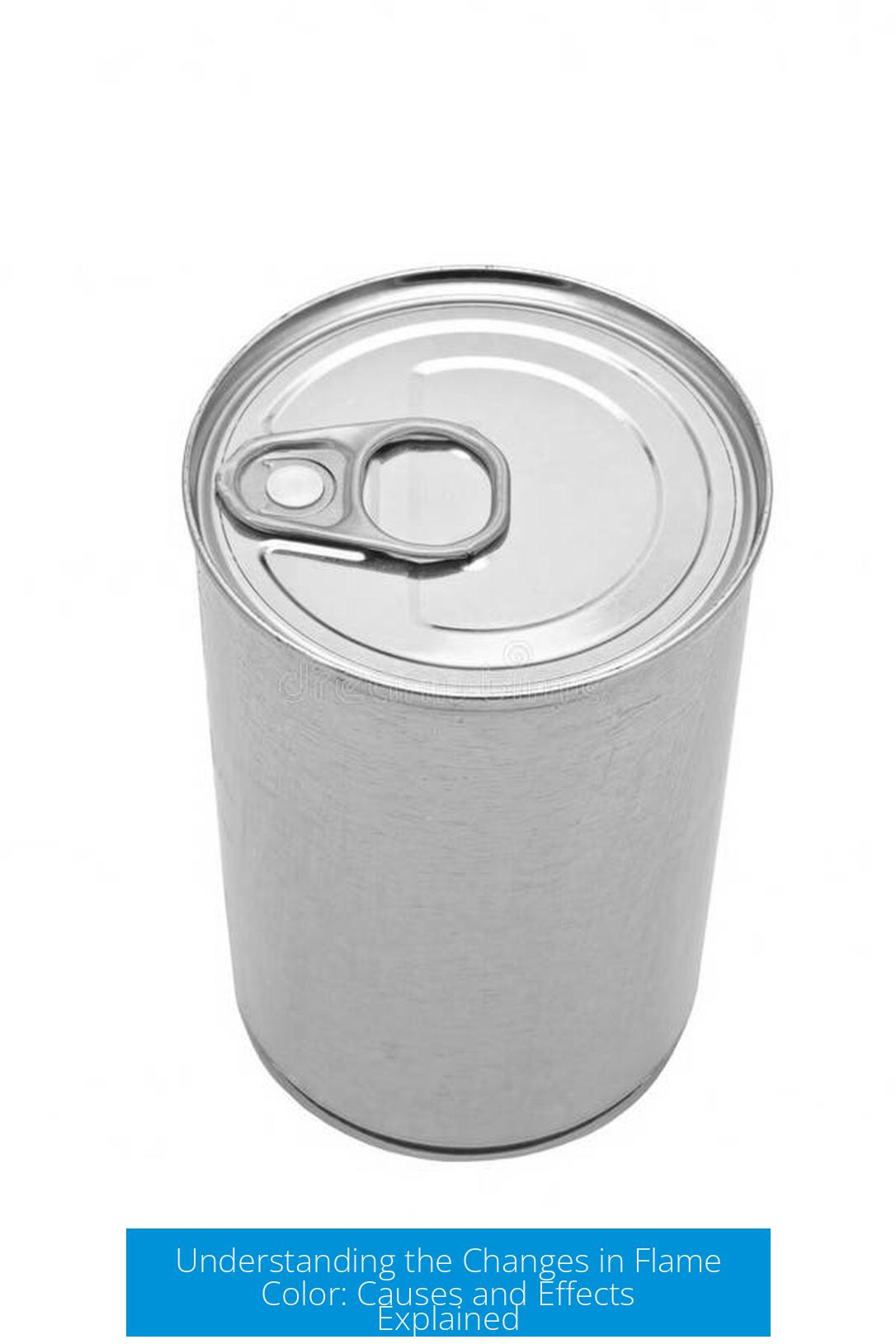


Leave a Comment